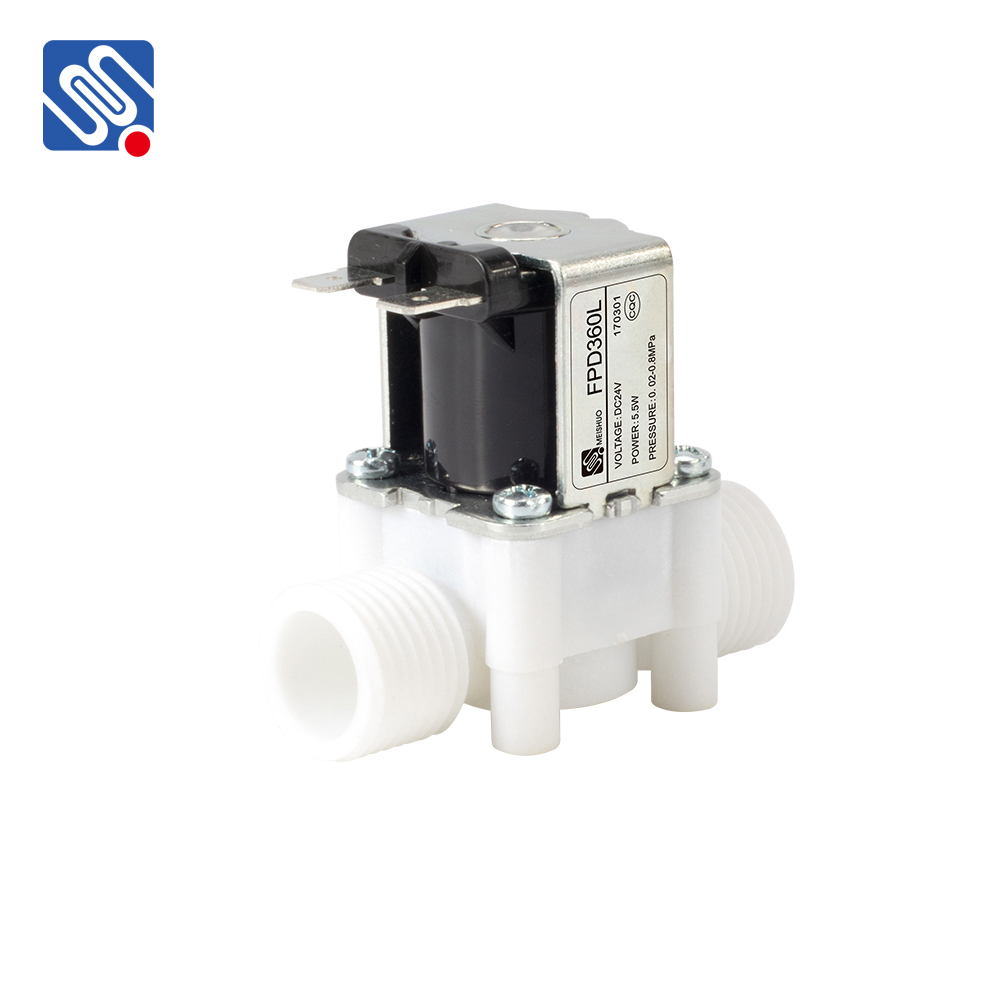A Plastic Water Solenoid Valve is a crucial component in fluid control systems, widely used for regulating the flow of water in various applications such as irrigation systems, water dispensers, washing machines, and industrial settings. With the increasing demand for automated systems and sustainable solutions, these valves have become a popular choice due to their numerous advantages, including cost-effectiveness, resistance to corrosion, and ease of use. In this article, we will delve into the functionality, types, applications, benefits, and considerations when selecting a Plastic Water Solenoid Valve.

1. Understanding the Functionality of a Plastic Water Solenoid Valve A solenoid valve operates based on the principle of electromagnetic induction. It consists of a solenoid coil, a plunger, and a spring. When electrical current flows through the solenoid coil, it generates a magnetic field that moves the plunger, which in turn opens or closes the valve to regulate the flow of water. These valves are typically spring-loaded, so when power is turned off, the spring returns the valve to its default position, either open or closed, depending on the valve type. Plastic solenoid valves are made from materials such as PVC (Polyvinyl Chloride), PP (Polypropylene), or PVDF (Polyvinylidene Fluoride), which are lightweight, durable, and resistant to corrosion, making them ideal for water-related applications.